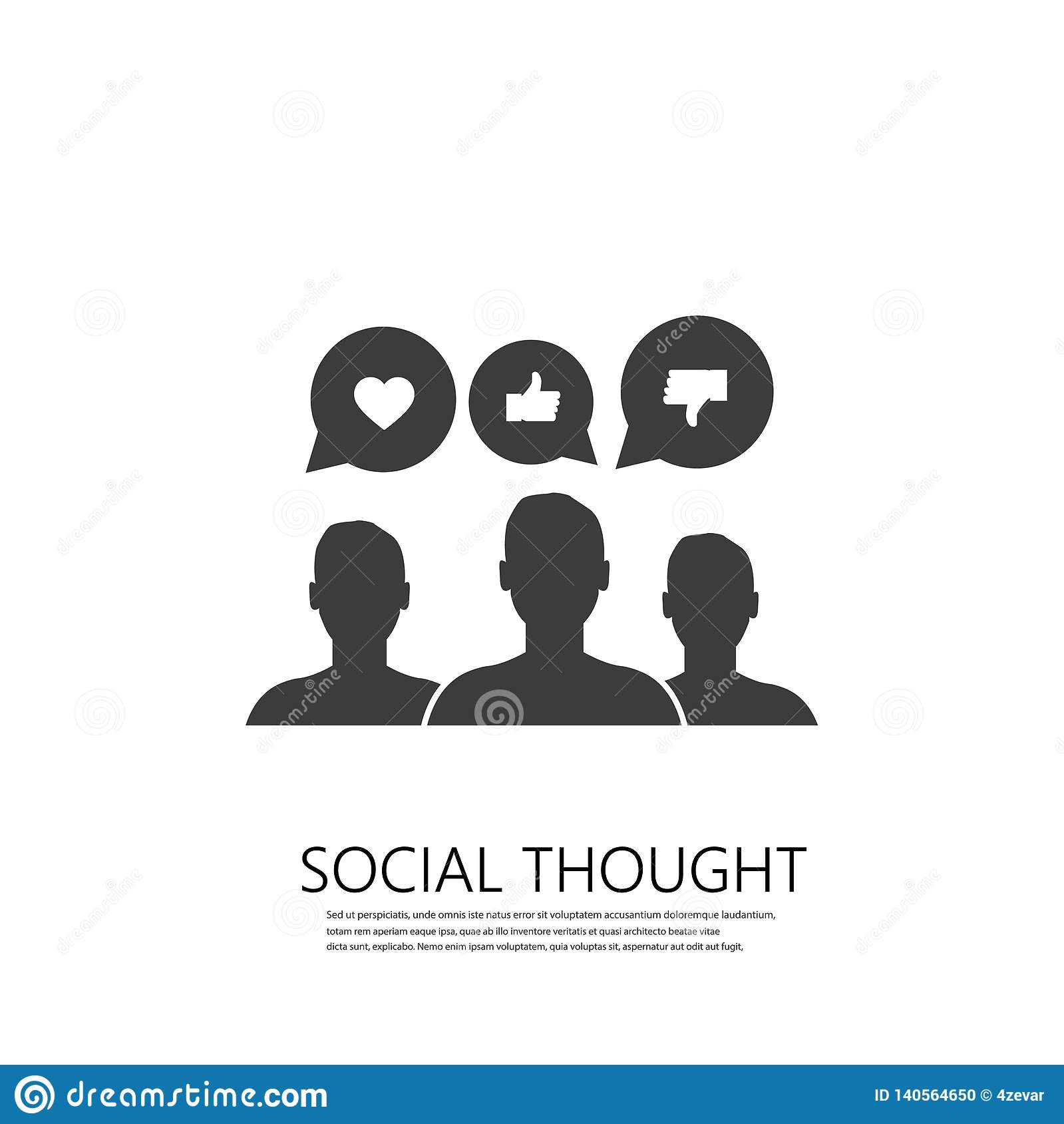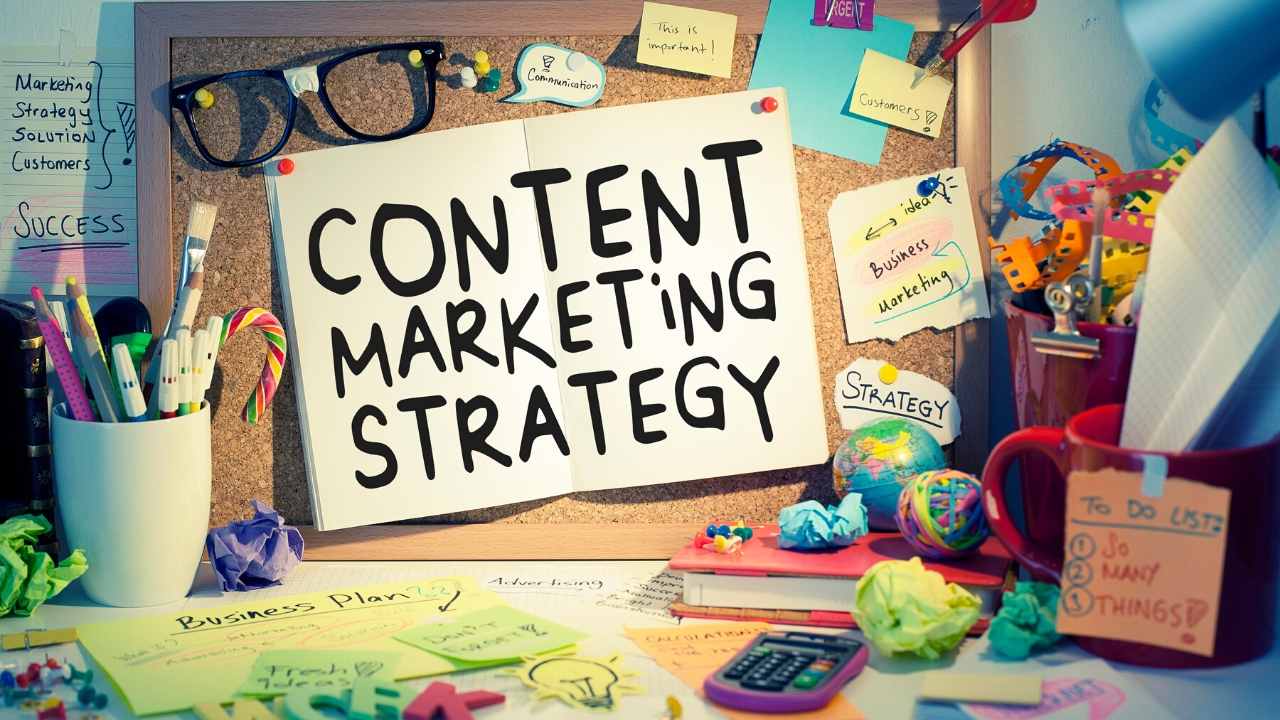
Customer Data Platforms (CDPs), a packaged software, provide a complete view of a customer. These data can be used for automated campaigns, personalized offers, and to improve marketing performance. This data is used to improve customer engagement and increase conversion rates in the ecommerce sector.
The CDP consolidates data from multiple sources. This includes transactional and behavioral information. The CDP then stores and analyses the data for a specified period. These data can be accessed from other systems. CDPs can be used to create segments or target advertising.
There are many different types of CDPs. They may differ in their functionality, such as support for real-time updates, message selection, or segmentation. They also have different types of data that they consume.

The most common type data that a CDP consumes is first-party. This data comes directly from the customers. A customer profile may include purchase and survey data. Customer-facing systems also collect other data, such social media interactions.
A web-based interface enables CDPs to ingest the data. The platform can then unify all data to create a single customer profile. This allows marketers to create more personalized experiences and drive greater revenue.
There are many types and styles of CDPs. They all serve the same purpose: centralize data. This allows businesses and individuals to tailor their services to individual customers. Personalization is vital in a customer-centric environment. The practice of personalization can help businesses increase revenue by as much as 5 to 15%
Another benefit of a CDP system is the ease of sharing and collecting customer data. The majority of technical resources are usually provided by the vendor so marketers don't spend as much time setting up the system. Moreover, the packaged nature of the software makes it easier to deploy and modify as needed.
A CDP also helps marketers to achieve better modeling. A CDP allows organizations to save money and prevent data errors by centralizing customer data. This gives marketers more control over their data management and analytics.

Marketers face challenges in leveraging customer data and using it effectively. Data is often stored in different silos that make it difficult to collaborate with other teams. A customer data portal centrally manages all data and allows for collaboration between teams.
Customer data platforms have evolved over the years to help companies better understand their customers. Now, the platforms are even more powerful, helping marketers achieve exceptional customer experiences.
Customer data is the lifeblood of a brand. Without a well-designed data strategy, a brand can lose valuable insights. CDPs give marketers the ability to personalize customer experiences, increase ROI, and deliver the right experience at right times.
To make the most of a CDP, you will need to ensure that you have the appropriate technology and data strategy in place. It's important to select a customer information platform that is compatible with other marketing technology platforms. You will also want to make sure that your data is stored and distributed in a standard format.
FAQ
How can you create good content?
A good piece of content should be informative, helpful, and easy to share. The best content has a clear call to action, such as a link or button that allows readers to sign up for a free trial, read more about a product, or purchase something from your site. Visuals are also important in order to make your content easily shareable across media.
How effective is content-marketing?
Yes! Hubspot claims that content marketing is one of the three most important digital marketing channels for lead generation.
What is Content Strategist, and what does it do?
Content strategists help brands tell stories through engaging messages that are emotionally connected to their audience. They are storytellers who tell brand stories that inspire people to take action and make them more effective.
Content strategists know how to create strategies that engage current and potential customers. For example, they combine data analytics and storytelling to craft experiences that inspire consumers to visit stores, buy products and share their excitement online.
They also understand how to integrate social media platforms into these campaigns. They use technology tools such virtual reality and video to deliver exceptional customer experiences.
A content strategist is responsible for translating these ideas into concrete plans that marketers can implement. This includes content creation for various channels, such as television and print, creating creative briefs and managing budgets.
What is strategic Content Marketing?
Content marketing refers to the art of creating quality content that can be shared across all channels. It is all about giving people what you want. The best companies are those that get this.
Strategic Content Marketing ensures you give them exactly what they need at the right time.
To understand people's interests and their thinking, you must first get to know them. Next, you need to create high-quality content which answers their questions or solves their problems. This creates trust and loyalty that will ensure you are there when they need you.
Do I need an agency to do Content Marketing?
No! You can create high-quality content with many tools online. A premium price is also a common charge for agencies.
What is the role of a content strategist?
Content strategists can help you understand what people search for on the internet. They make sure your website is optimized for search engines to help you rank high. They also write content for social media websites like Facebook or Twitter. They also write copy to advertise, blog, or website.
A content strategist is a member of a marketing team that helps organize an online strategy for a company. Content strategists can work independently, but they usually collaborate with the rest of the team to ensure that each piece of content serves its purpose.
How can I improve the content marketing strategy of my company?
You can improve your content marketing strategy by focusing on audience, content, and distribution. To begin, you must understand your ideal client and where they spend their time online. You can then tailor your content for them once you have this information. The second step is to create a voice and style that differentiates you from the rest. Third, you must figure out how to efficiently distribute your content.
Statistics
- Content marketing produces 3X more leads per dollar spent. Content marketing costs 62% less than traditional marketing. (criteo.com)
- According to research compiled by Coschedule: Companies that publish 16+ blog posts a month get as much as 3.5x as much traffic as those that publish 0-4 posts a month. (criteo.com)
- Forty-seven percent of buyers view 3 to 5 pieces of content before engaging with a sales representative. (mailchimp.com)
- Measure your goals with a progress indicator of 0-100%. Make your goals collaborative and transparent (semrush.com)
- Out of the 1,500 marketers we surveyed for our State of Content Marketing report, 78% who felt their content marketing strategy was exceptionally effective in 2021 had documented their strategy. (semrush.com)
- Companies that use content marketing see approximately 30% higher growth rates than businesses not using it. (mailchimp.com)
- To further show the importance of this, 89% of people have stopped doing business with a company because of a poor experience. (neilpatel.com)
- We found that 40% of businesses don't have a documented strategy yet. (semrush.com)
External Links
How To
How do you develop a content marketing strategy?
It is important to first understand the content that you wish to create for your clients. Once you have this information, it is time to begin creating content. This may mean developing an editorial calendar and planning where these pieces will come from. Every piece of content must have a purpose. No matter what format it may be, blogs, social media updates, or other content, all should serve the same purpose.
Once you decide what content type you want to produce it's time to discover who your target market really is. You need to know who your target market is and why they would be interested in what you have to offer them.
Next, identify your target market and find ways to connect with them. However, social media platforms can be an effective way to communicate with people. There are also other options like videos, podcasts or webinars.
Next, you need to decide how you will communicate your message with your market. Then you need to determine what topics you'd like to cover. This will help you to understand why you are writing the content. What problem does it solve? Is it useful? Is it going to make their lives easier?
You now know what content you like to write. Now it's time for you to decide what you want. So, do you want to share information on your industry? On current events? Are you focused on specific products or services This is your focus.
Finally, once you've answered those questions, it's time to combine everything into one complete package.
You want to ensure that every piece of content you create serves its purpose. You don't want anyone to waste their time and energy so make sure you build quality into all aspects of your content.
You must remember that a content marketing strategy of great quality has many parts.